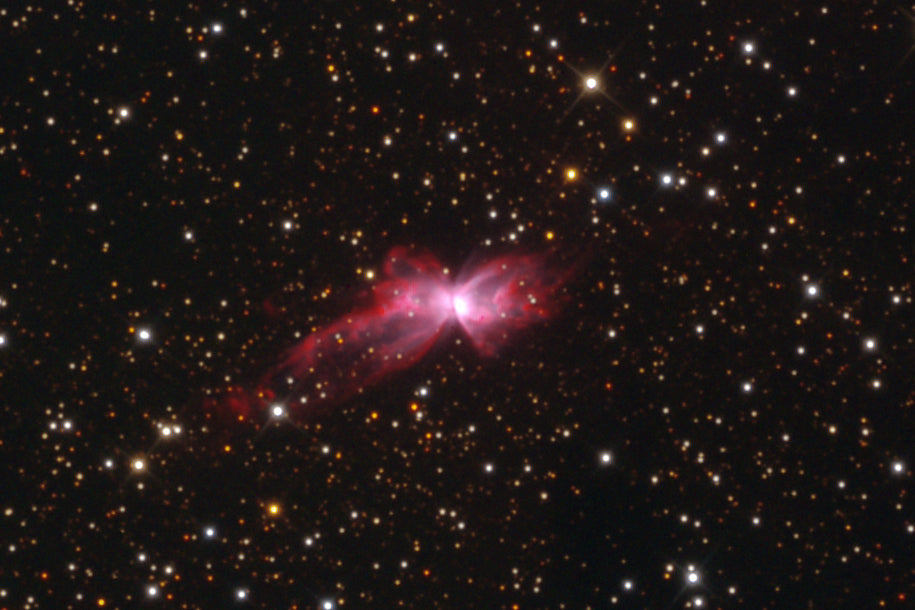Earthshine, also known as lunar glow, is a faint illumination that brightens the dark side of the Moon. This occurs when sunlight is reflected off the Earth’s surface and then bounces back onto the Moon.
Earthshine is also referred to as ashen glow, the old Moon in the new Moon’s arms, or the Da Vinci glow, in honor of Leonardo da Vinci, who first described this phenomenon in recorded history.
Eta Aquarid Meteor Shower 2024
In 2024, the eagerly anticipated Eta Aquarid meteor shower, a remarkable celestial event, will illuminate the heavens. This awe-inspiring display of shooting stars will captivate both passionate stargazers and astronomy enthusiasts.
As our planet journeys through the remnants of the renowned Halley’s Comet, the night sky will be adorned with dazzling streaks of light, providing a mesmerizing window into the marvels of the universe.
January 3-4, 2024: Witness the Brief Brilliance of the Quadrantid Meteor Shower
Embracing the Dark Sky: February 9 New Moon and Stellar Delights
December Solstice 2023: A Guide to the Celestial Event
December 14, 2023 – Peak of the Geminid Meteor Shower
Beaver Moon: Illuminating the Night Sky on November 27, 2023
Stargazers’ Delight: Orionid Meteor Shower Hits Its Peak on October 21
The Moon-Mercury Conjunction on September 13, 2023









